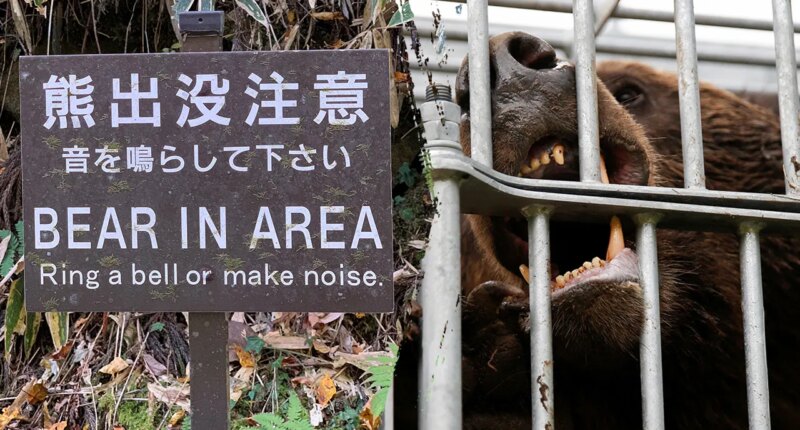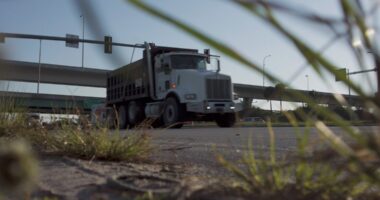Share this @internewscast.com
Japan is grappling with an unprecedented surge in bear attacks, marking the highest number on record. This alarming situation has compelled regional authorities to seek military assistance and amplify incentives for local hunters. Officials and media alike are calling it the most severe wildlife crisis Japan has faced in decades.
The Japan Times reports that this year alone, over 12 fatalities and upwards of 100 injuries due to bear encounters have been recorded nationwide, with northern prefectures like Akita, Iwate, and Fukushima being the hardest hit. Bears have ventured into residential areas, schools, and shopping districts, causing temporary lockdowns in some rural towns.
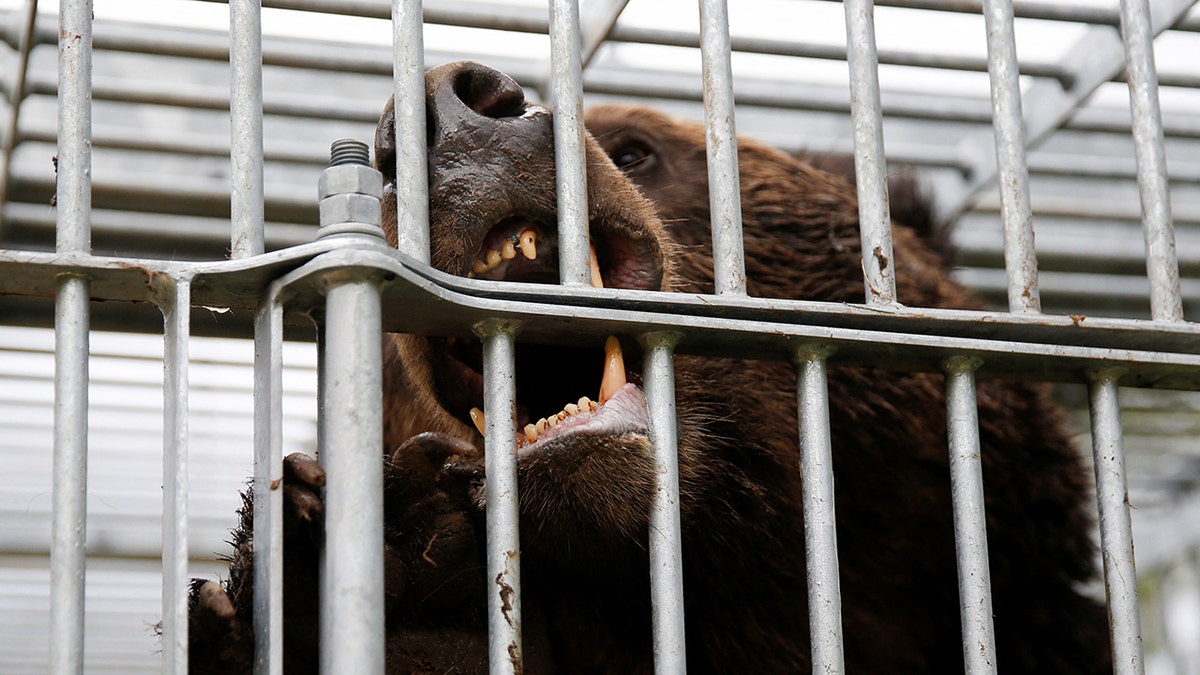
In response to the crisis, Akita Governor Norihisa Satake made a formal appeal in late October for the Self-Defense Forces (SDF) to provide support after local resources were stretched thin by repeated bear maulings. The military’s involvement is strictly non-combat, focusing on logistical support such as transporting bear carcasses, setting traps, and patrolling forested areas where these animals have been sighted.
It’s important to note that the responsibility to neutralize immediate threats lies with licensed hunters, not military personnel. This distinction underscores the challenges faced by Japan’s dwindling hunter population. According to Reuters, about 60% of licensed hunters are now over the age of 60, and many of the skilled matagi bear trackers from northern Japan have retired, leaving a critical gap in emergency response capabilities.
To address this shortfall, regional governments in areas like Akita, Niigata, and Hokkaido are stepping up efforts to recruit new hunters. They are offering increased subsidies, training stipends, and even bounties per bear to encourage more people to take up this vital role.
Japan’s hunter population has been shrinking for years, with roughly 60% of licensed hunters now over age 60, according to Reuters. Many of the traditional matagi bear trackers from northern Japan have retired, leaving rural areas with fewer people to respond to emergencies. To fill the gap, local governments in Akita, Niigata and Hokkaido have increased subsidies, training stipends, and per-bear bounties to attract new recruits.
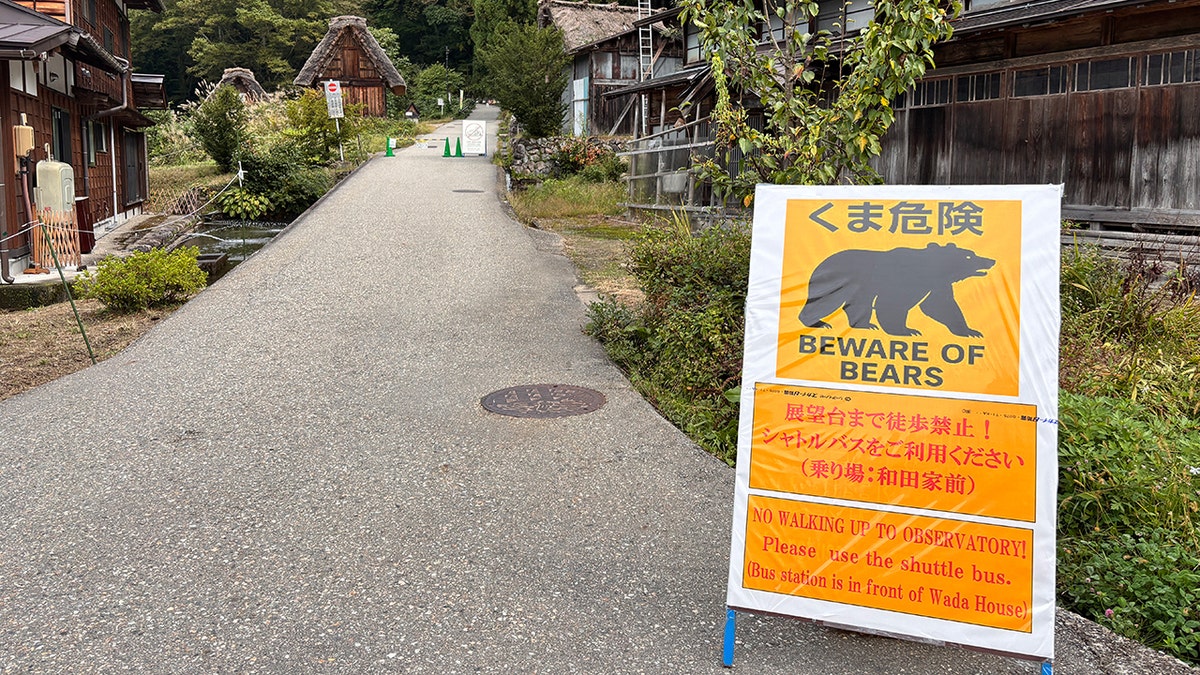
A warning sign is seen at the closed walking trail to the observatory in the Shirakawago district, a UNESCO World Heritage Site, on Oct. 7, 2025 in Hida, Gifu Prefecture of Japan. A Spanish tourist was injured after being attacked by a wild bear in the historical area of Shirakawago here, a UNESCO World Heritage site known for its traditional steep-roofed farmhouses. (VCG via Getty Images)
Experts attribute the surge to a mix of environmental and demographic factors: poor acorn and beech nut harvests, warmer winters delaying hibernation, and rural depopulation that leaves farmland and buffer zones between forests and towns unmanaged.
The spike in encounters has also reignited a national debate over how to balance conservation with public safety. Bears have long been respected in Japanese folklore and rural culture, symbolizing strength and endurance. But as attacks rise, local residents are demanding stricter control measures, while environmental groups urge humane solutions and better forest management instead of widespread culling.
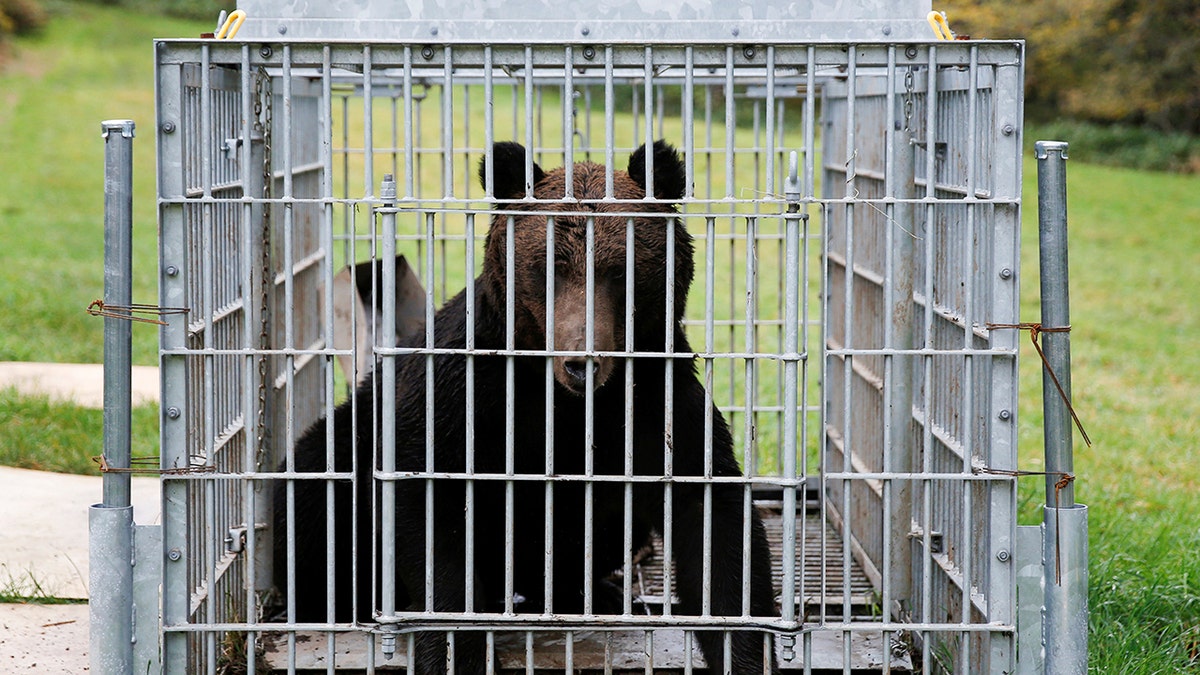
A brown bear is trapped in a cage in Sunagawa, Japan. (Reuters)
Japan’s Environment Ministry has urged residents to avoid forest edges, secure garbage and food waste, and report bear sightings immediately. Officials describe the situation as a wildlife management crisis, not a war on bears, but for frightened residents in the country’s north, the threat feels alarmingly close to one.
